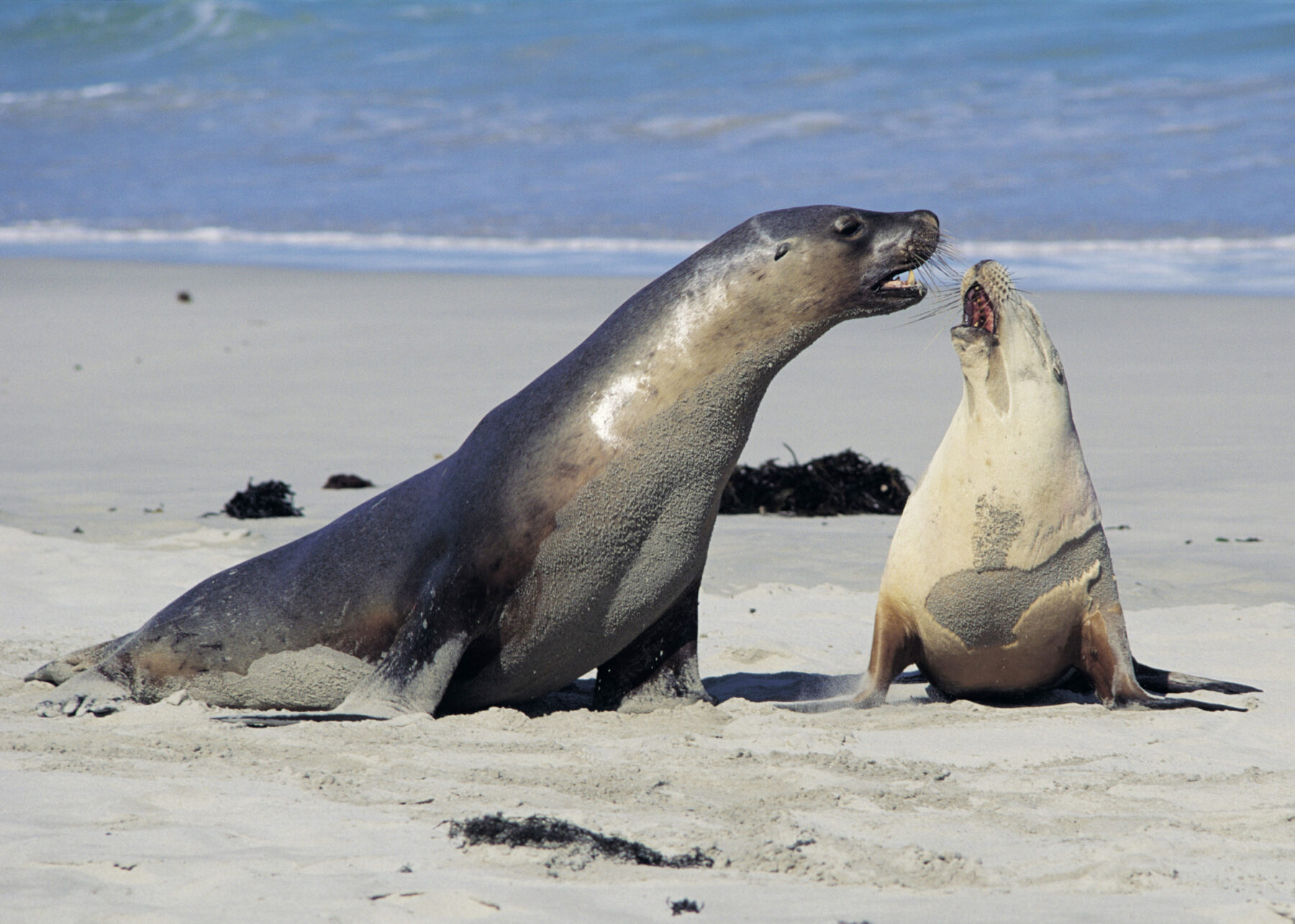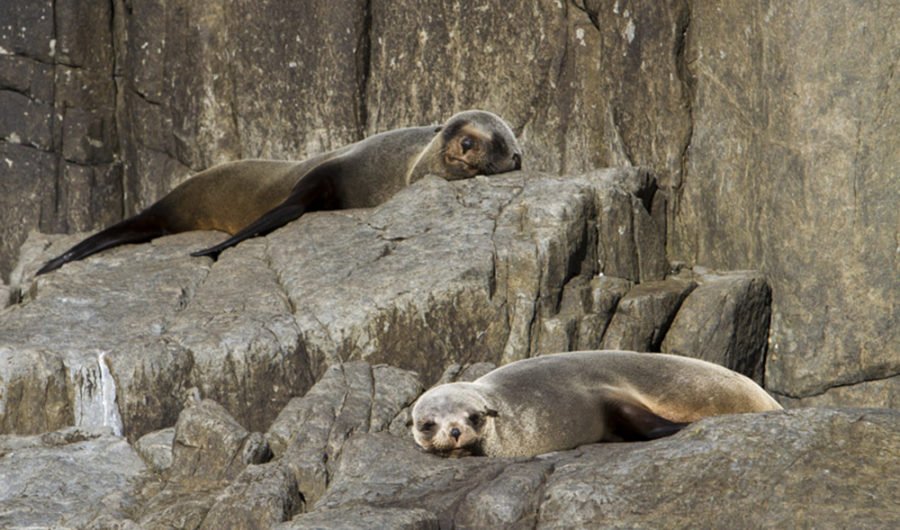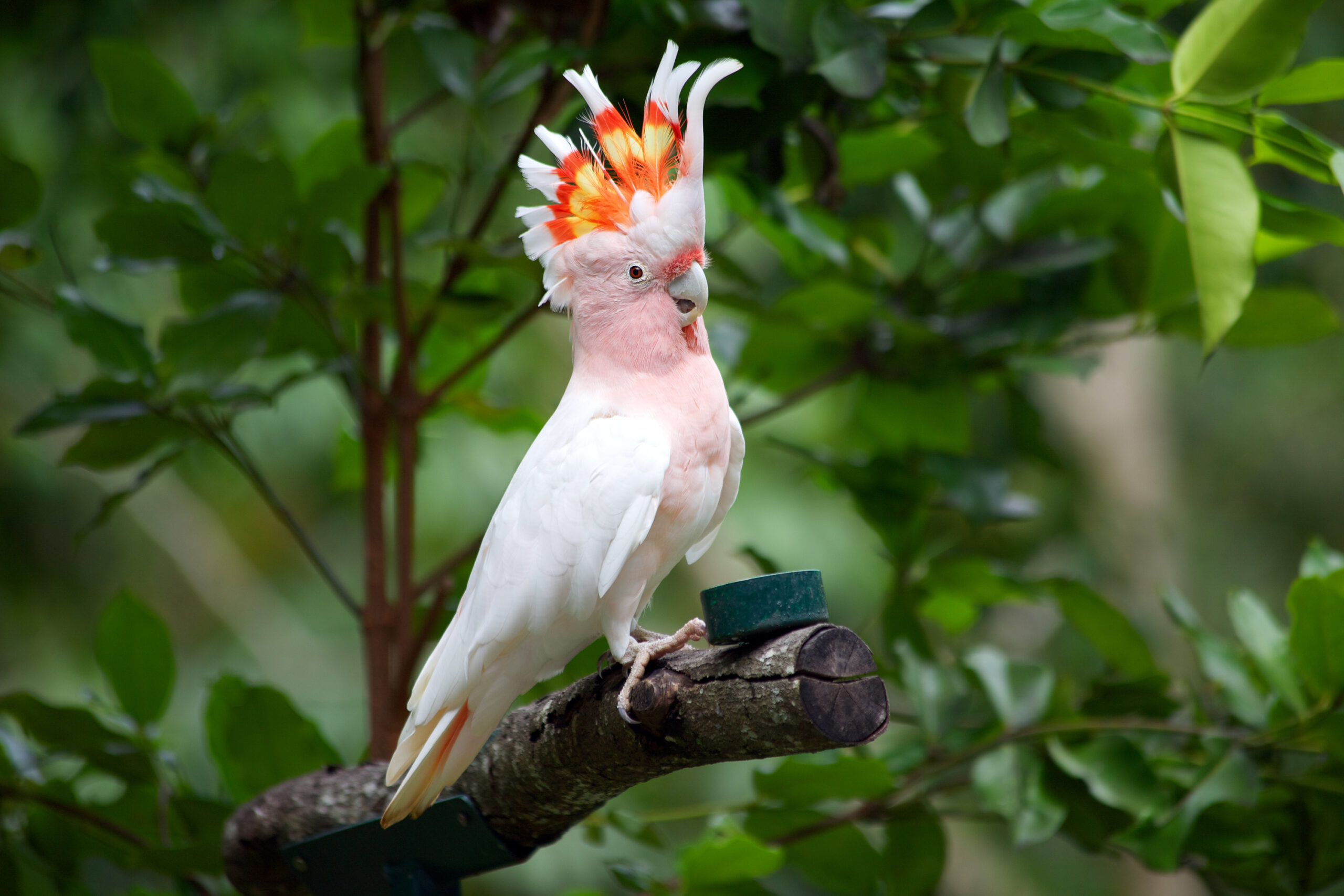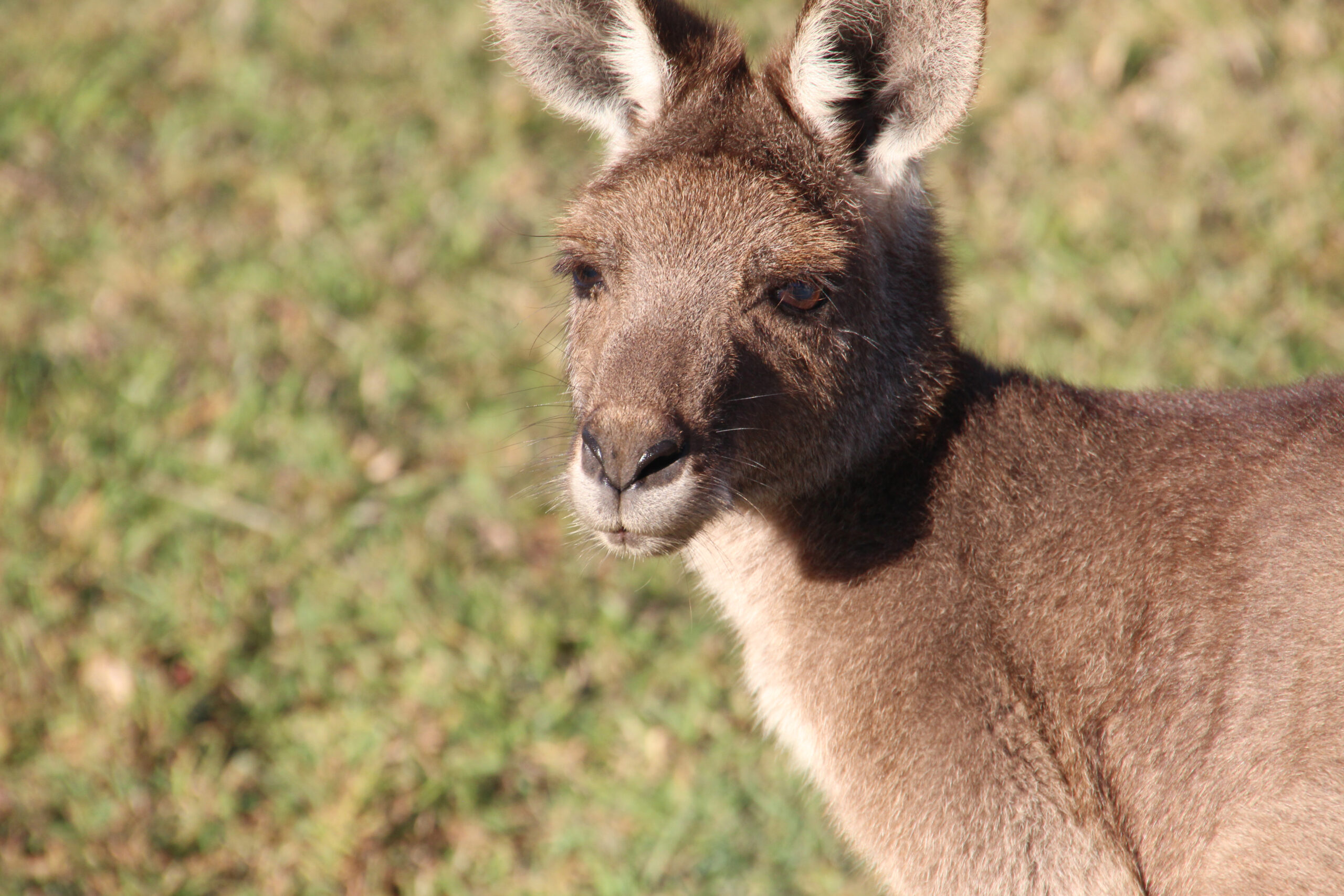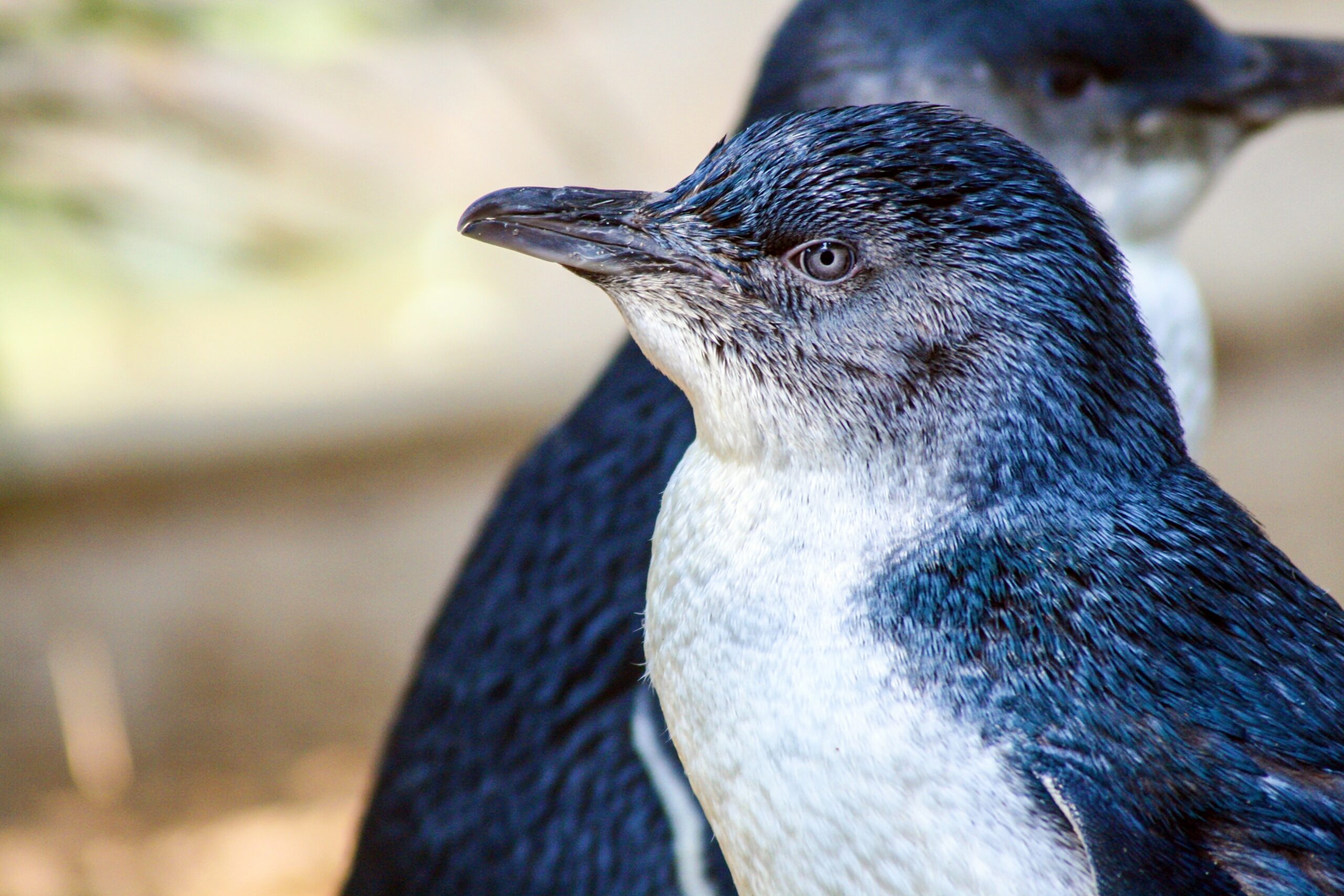| Common name | Australian fur seal |
| Scientific name | Arctocephalus pusillus doriferus |
| Type | Mammal |
| Diet | Fish, squid, octopus |
| Average lifespan | 12 – 30 years |
| Size | Between 135–227cm in length, with males weighing between 218-360kg and females weighing between 41-113kg |
Recognised as the largest fur seal found in Australian waters, the Australian fur seal very nearly missed out on this prized title after being hunted to the brink of extinction in the 19th century. The species is now making a steady comeback in population numbers since the introduction of protection laws by the Australian and state governments.
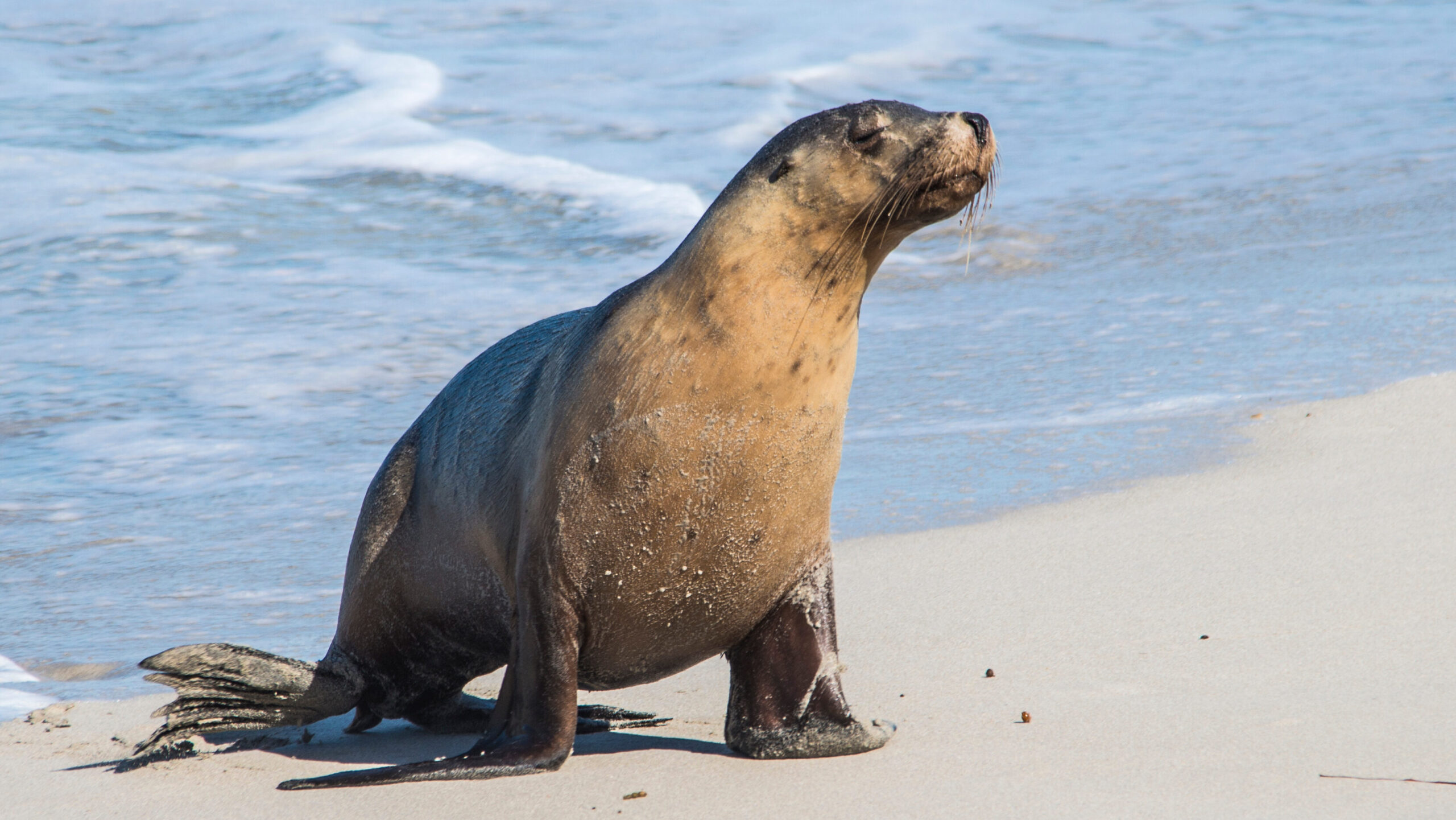
The Australian fur seal is closely related to the South African fur seal, yet different to other regular or true seals, thanks to its external ears and its ability to use all four of its limbs to move easily across the land.
Found in coastal waters and oceans, the Australian fur seal prefers rocky island habitats, pebble and rock-covered beaches and rocky ledges for breeding and resting. Found mostly around islands off the Bass Strait, southern Victoria and parts of Tasmania, this seal species has also been noted on islands off southern New South Wales and South Australia.

When it comes to dinnertime, the Australian fur seal relies on its extensive bag of hunting tricks and its keen eyesight and other senses to find a meal. Eating mostly fish, squid and octopus, the Australian fur seal has been known to occasionally dine on seabirds and typically doesn’t dive deeper than 150 metres, foraging in the oceanic waters off the continental shelf.
Conflict between commercial fisherman and Australian fur seals, whom both compete for similarly-sized fish, has been problematic in the past. Even though culling seals is no longer deemed a suitable solution, the issue of seal bycatch in fisheries which target the Australian fur seal’s preferred food source is ongoing.

With movement and interaction between the species at its peak during the summer breeding months, seal pups are born between late October and late December. Australian fur seal pups drink thick, rich milk from their mother and are weaned 10 to 11 months after birth, but some Australian fur seal females or cows may suckle their young for up to four years. After the birth of her first pup, the fur seal cow enters a cycle of pregnancy and lactation that lasts for the rest of her life, with usually just a few weeks off between weaning the last season’s pup and giving birth to her next, single young.
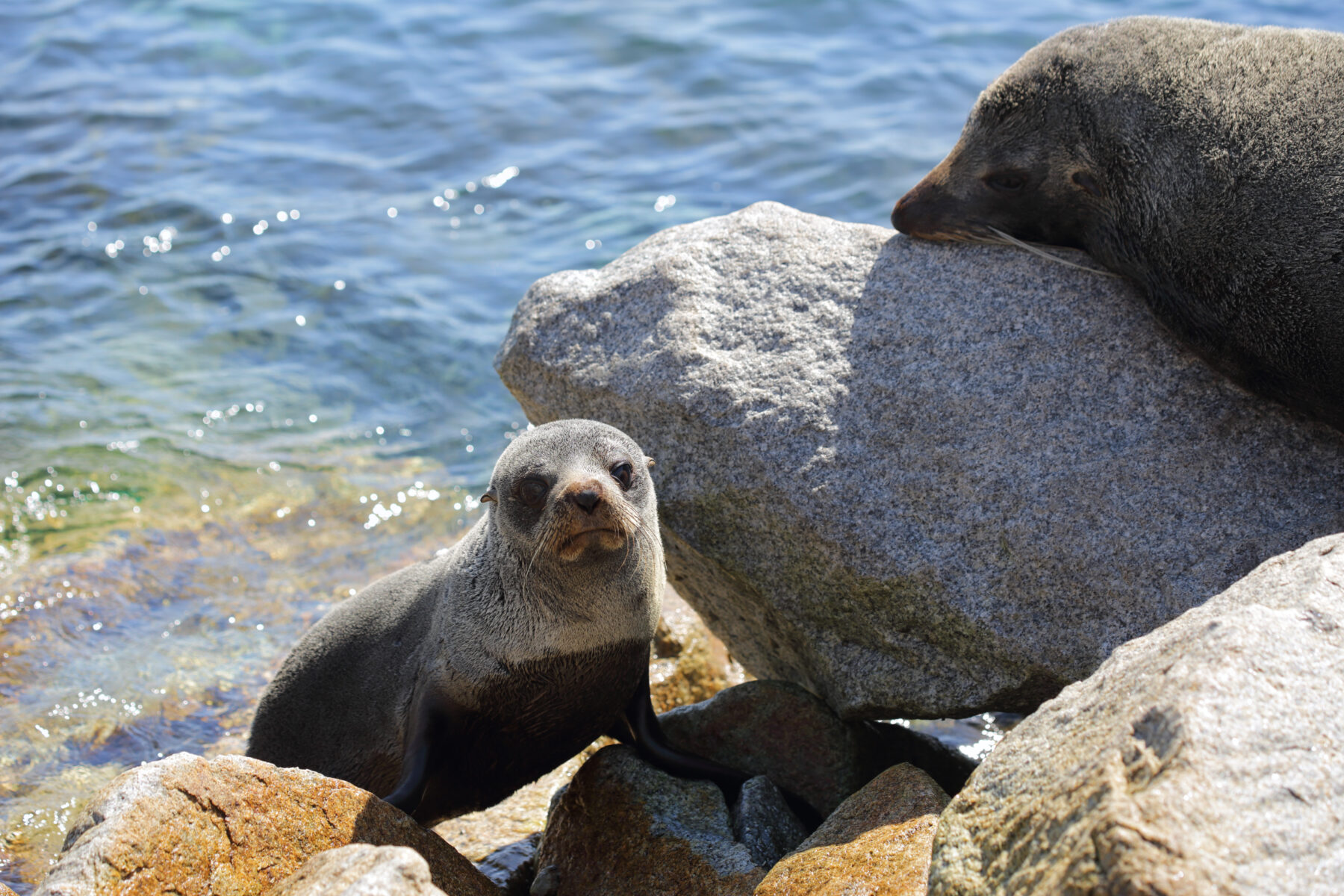
Nature has a tricky way of ensuring that the Australian fur seal always gives birth within the summer months. Delayed implantation takes place within Australian fur seal cows, where the fertilised egg remains dormant for a period before implanting and beginning development into a live young. This unique adaption gives pups the best chance of surviving after birth, thanks to the warmer weather and readily available food supply.
The life of an Australian fur seal is not without threats. Predators include a number of shark species, killer whales, and humans, with seals regularly succumbing to the dangers of commercial fishing or entanglement with fishing gear and death by swallowing plastic bags or garbage.
